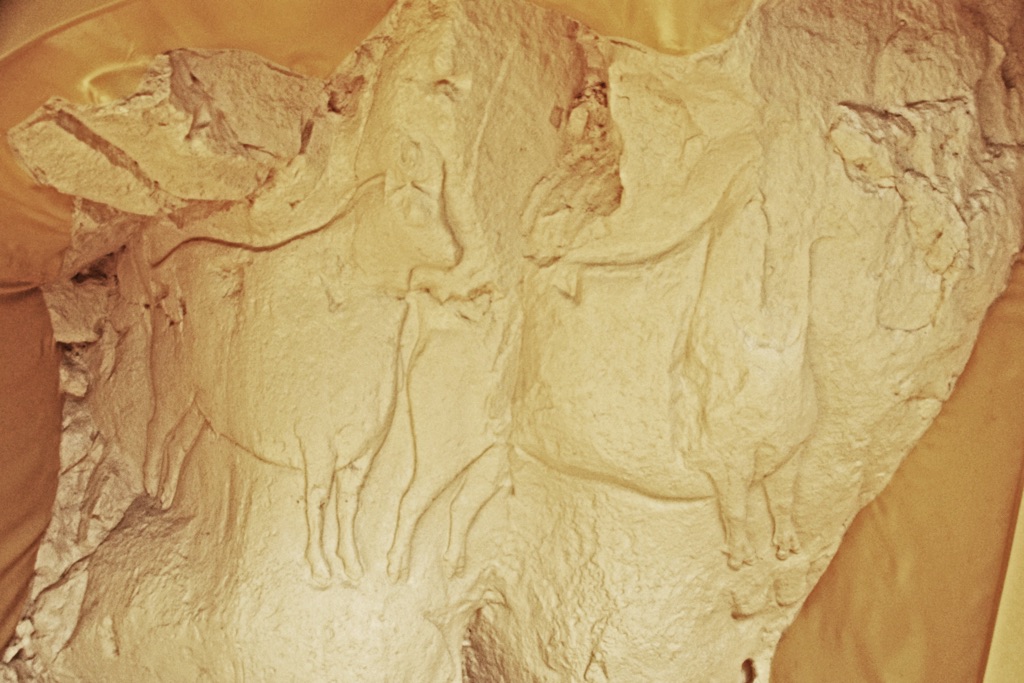The Roc-aux-Sorciers is an Upper Paleolithic rock shelter site famous for its engravings and relief sculptures. Discovered in 1950, it’s often referred to as the “Sistine Chapel of Prehistory.” The artworks date back to around 14,000 years ago, providing insight into the lives and beliefs of our prehistoric ancestors. This site is a significant archaeological…
Ancient Civilizations
All Ancient Civilizations, Cultures and People
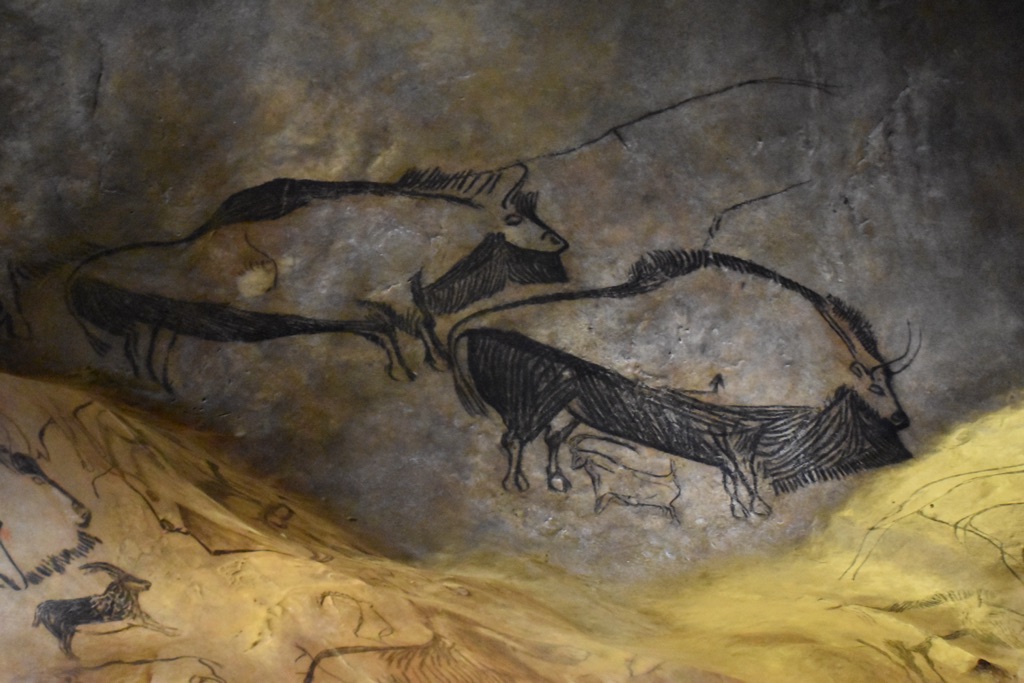
Grotte de Niaux
The Grotte de Niaux is a cave in the French Pyrenees known for its prehistoric cave paintings. These artworks are remarkable examples of Paleolithic art, showcasing the skill and creativity of our ancestors. The cave is part of a larger network of caves in the region, which served as a canvas for ancient humans. The…
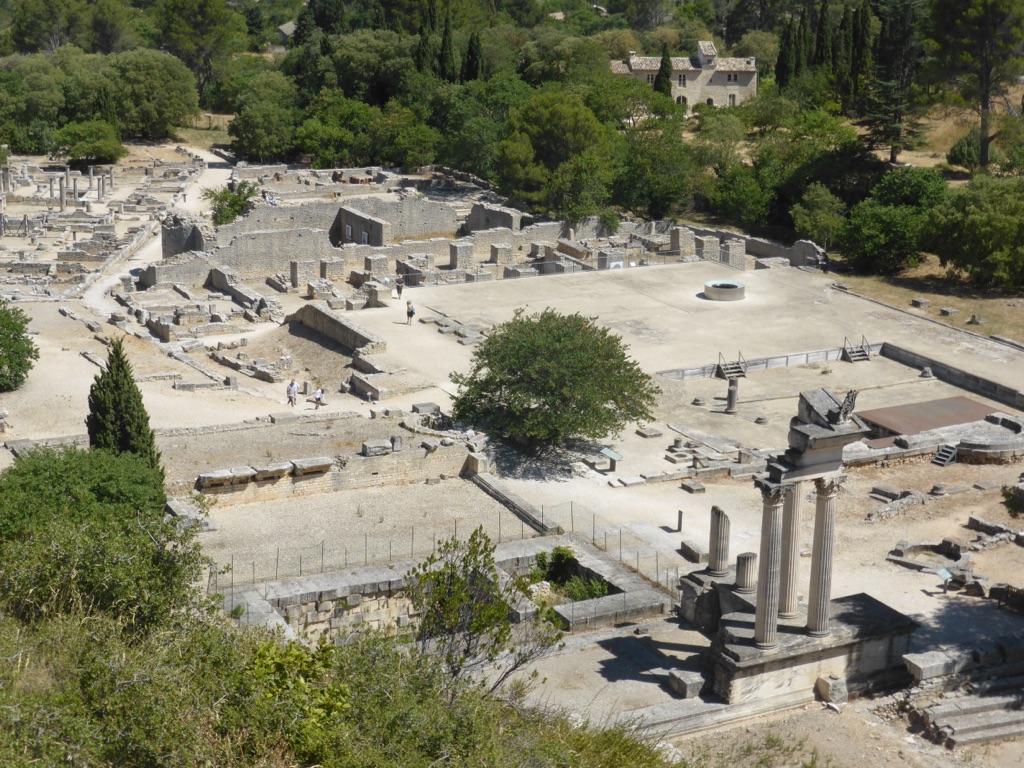
Glanum
Glanum was an ancient city near present-day Saint-Rémy-de-Provence in southern France. Founded by a Celto-Ligurian people known as the Salyens in the 6th century BCE, it became a prosperous city under Greek influence. Later, it flourished under Roman rule before being abandoned after the fall of the Roman Empire. Today, it’s renowned for its well-preserved ruins, including a triumphal arch, a mausoleum, and extensive residential areas that offer a glimpse into the past.
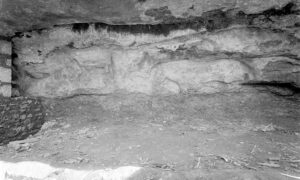
Abri de Cap Blanc (Cap Blanc Rock Shelter)
The Abri de Cap Blanc is a prehistoric rock shelter located in the Dordogne region of France. It boasts a remarkable frieze of prehistoric sculptures dating back to the Upper Paleolithic period. The site is renowned for its detailed carvings of horses, bison, and human figures, which provide invaluable insights into the lives and artistic expressions of early humans. Recognized for its historical significance, Abri de Cap Blanc has been designated a UNESCO World Heritage Site as part of the Prehistoric Sites and Decorated Caves of the Vézère Valley.
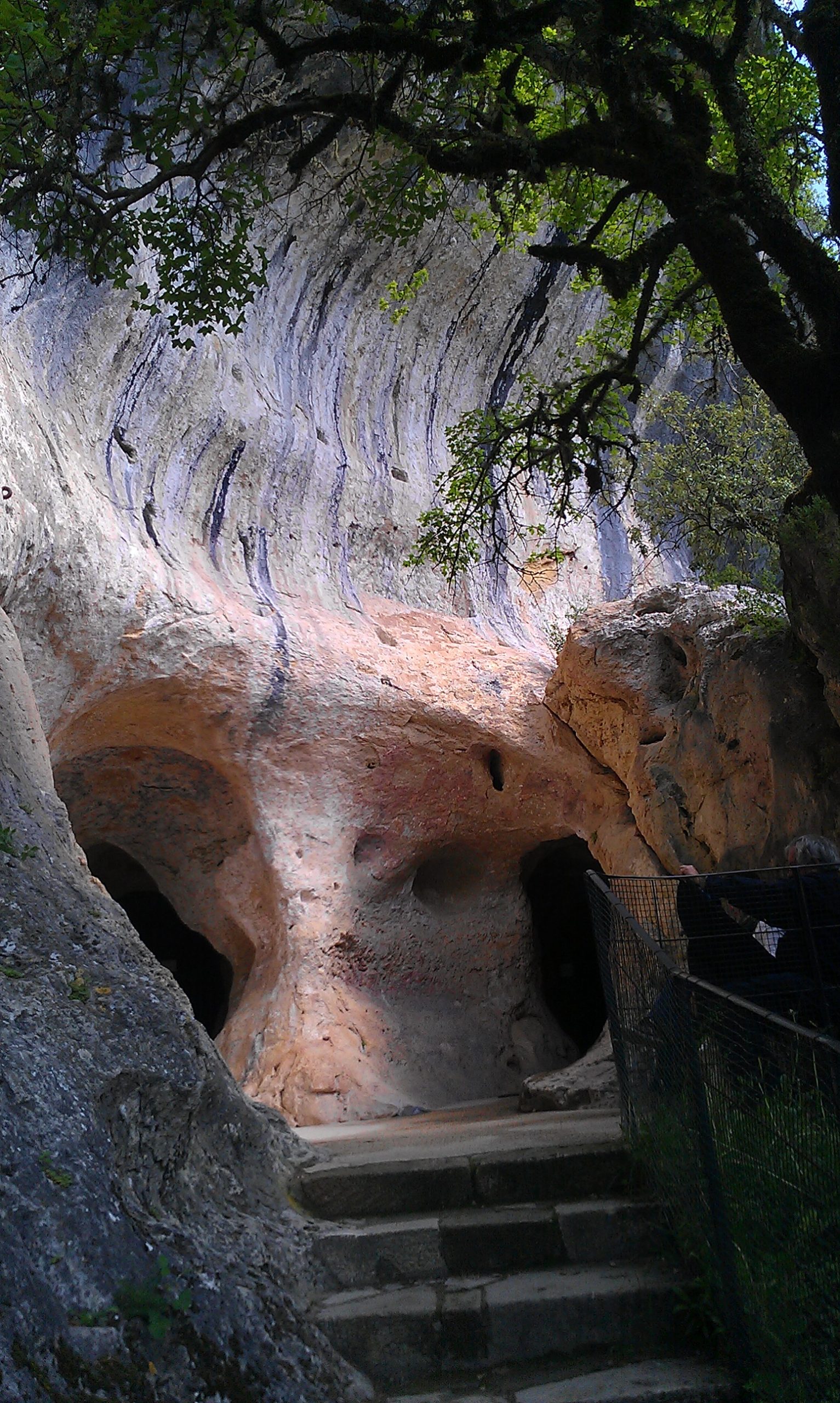
Grotte de FontGaume
The Grotte de Font-de-Gaume is a prehistoric cave located in the Dordogne region of France. It holds significant historical importance due to its Paleolithic cave paintings. These artworks are some of the few remaining polychrome, or multi-colored, paintings from this era. The cave is a key site for understanding early human artistic expression and has been a focal point for studies on prehistoric life. Discovered in 1901, it has since been protected as a cultural heritage site, offering insights into the lives and beliefs of our ancestors.
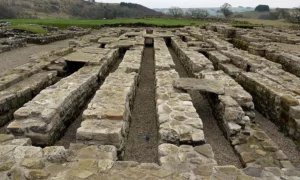
Vindolanda
Vindolanda is a fascinating historical site located near Hadrian’s Wall in Northern England. It was a Roman auxiliary fort (castrum) and village (vicus) that served as a military post on the northern frontier of Britannia. The site is renowned for the Vindolanda tablets, one of the most important finds of military and personal correspondence (written on wooden tablets) from the Roman world. These artifacts provide invaluable insights into the daily lives of the soldiers, families, and civilians who lived there nearly 2,000 years ago. Vindolanda remains a rich source of archaeological discovery, with ongoing excavations revealing more about the Roman Empire’s reach into ancient Britain.

